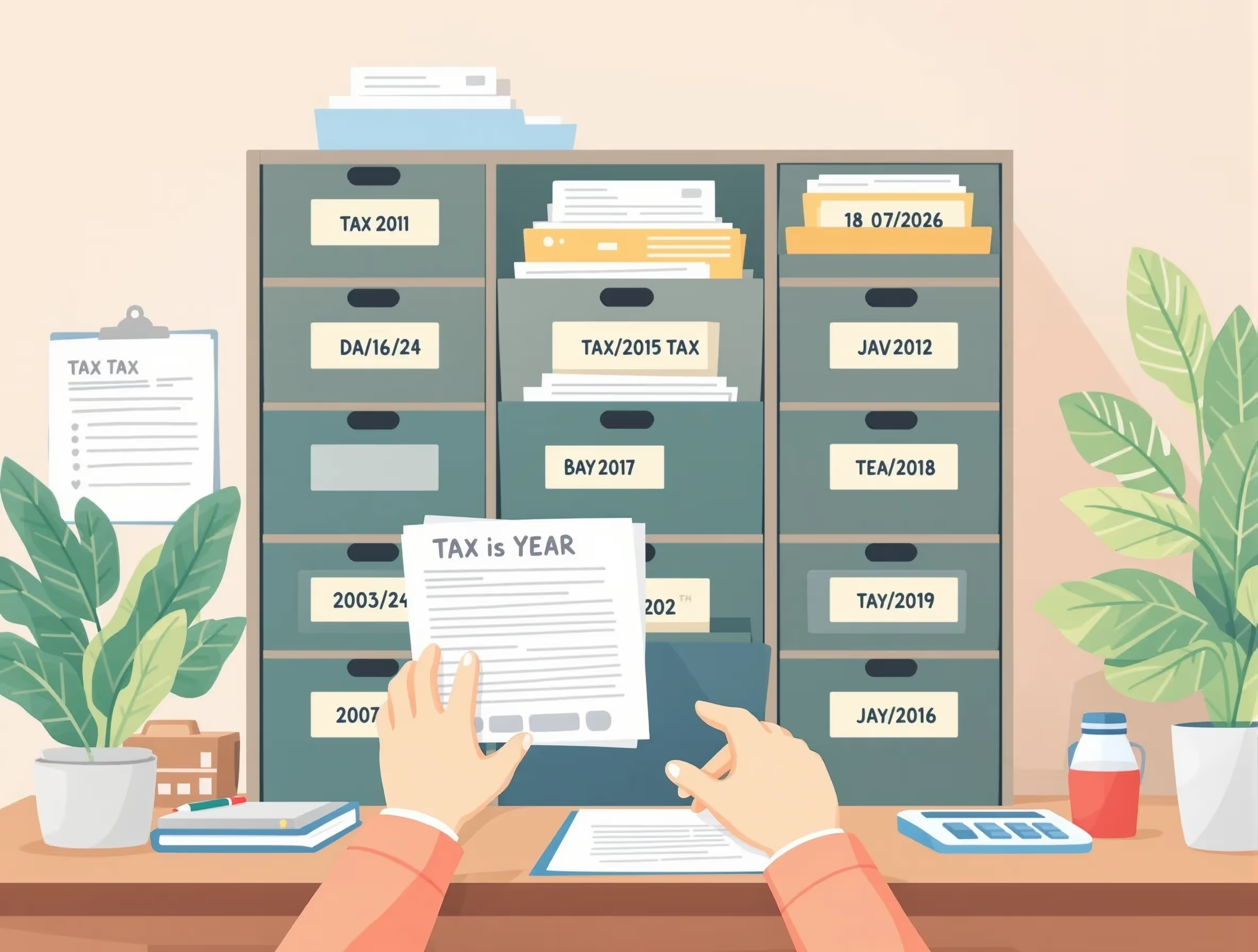
What IRS Form 8858 (2021) Is For
IRS Form 8858 (2021) is an information return required for U.S. taxpayers who own or operate foreign disregarded entities (FDEs) or foreign branches. These foreign companies do business outside of the U.S., but their income and activities must still be reported on the tax owner's federal income tax return.
An FDE is a separate legal entity that is disregarded for U.S. tax purposes, whereas a foreign branch is part of a U.S. business operating overseas. The IRS uses Form 8858 to track foreign income, foreign tax credits, and compliance.
When You’d Use IRS Form 8858 (2021)
You must file IRS Form 8858 (2021) if you are a U.S. taxpayer—including an individual, corporation, partnership, estate, or trust—that owns or operates a foreign disregarded entity (FDE) or foreign branch (FB). This form, typically attached to your annual tax return (such as Form 1040, 1120, or 1065), reports financial activities, ownership details, and compliance data for your foreign operations during the tax year.
You must file Form 8858 if:
- You directly or indirectly own an FDE or operate a foreign branch.
- You file Form 5471 for a controlled foreign corporation that owns an FDE or FB.
- You file Form 8865 for a foreign partnership operating as an FDE or FB.
- You are a domestic corporation or partnership holding ownership in a foreign entity disregarded for U.S. tax purposes.
Late or amended filings: If you miss the deadline, submit an amended Form 8858 promptly. Penalties begin at $10,000 per entity and increase for continued noncompliance.
Dormant FDEs: If an FDE had no income or activity, you may qualify for simplified filing, but reporting remains mandatory for IRS compliance.
Key Rules or Details for IRS Form 8858 (2021)
When completing IRS Form 8858 (2021), taxpayers must follow specific rules to accurately report foreign disregarded entities (FDEs) and foreign branches (FBs) for the relevant tax year.
- Schedule M requirement: Most filers are required to include Schedule M, which reports transactions between the FDE or foreign branch and related entities, such as sales, loans, or services. Omitting this schedule can lead to significant penalties.
- Functional currency reporting: Each entity must report financial data in its functional currency (e.g., USD, EUR, JPY) and use the 'divide-by' exchange rate convention when converting to U.S. dollars.
- Reference ID assignment: If no Employer Identification Number (EIN) exists, assign a reference ID and use it consistently across tax years to ensure proper tracking.
- Ownership chart attachment: Include a chart showing ownership percentages and relationships between the tax owner, direct owners, and foreign entities.
- Schedule completion: Complete all required schedules, including Schedule C (Income Statement), Schedule F (Balance Sheet), and Schedule I (Current Earnings).
- COVID-19 relief: Temporary 2021 pandemic-related activities did not trigger new foreign branch filing obligations.
These requirements promote accurate, consistent, and transparent international tax compliance.
Step-by-Step (High Level)
- Confirm the filing requirement: Determine whether you are required to file IRS Form 8858 (2021). In most cases, U.S. taxpayers—including resident aliens, LLC owners, domestic partnerships, and corporations that operate foreign branches or own foreign subsidiaries—must submit this form to report their foreign business activities and maintain compliance with IRS regulations.
- Identify all entities and relationships: Map the business entity structure, including foreign trusts, foreign estates, and other related entities, for compliance.
- Gather financial records: Collect documentation for the entity’s income, taxable income, and balance sheets. Many taxpayers are required to complete multiple forms or a separate form for each entity.
- Determine the entity’s functional currency: Record and convert all figures accurately to meet IRS reporting standards.
- Identify the correct filer: The direct or tax owner must attach Form 8858 to the owner’s personal, corporate, or partnership return, depending on the structure of the other entity.
- Review and submit: Review for completeness to avoid noncompliance or willful failure. Late or inaccurate tax filing can increase tax liability and result in IRS notification and penalties.
- Meet tax obligations and retain documentation: File by the due date and maintain supporting records to promote long-term tax compliance.
Common Mistakes and How to Avoid Them
Filing IRS Form 8858 (2021) can be challenging, and minor errors may result in potential penalties or noncompliance. Below are common mistakes and effective ways to prevent them.
- Not filing when required: Some taxpayers think they don’t need to file if their foreign disregarded entity (FDE) or foreign branch had no income. Always review your ownership each year to confirm your filing requirement.
- Omitting required schedules: The IRS requires full disclosure of related-party transactions. Ensure that Schedule M, Schedule C (income statement), and Schedule F (balance sheet) are attached.
- Using one form for multiple entities: Each foreign entity or branch needs its own separate form. Keep a list of all FDEs and foreign subsidiaries to ensure complete reporting.
- Incorrect currency conversion: Always use the entity’s functional currency and apply the divide-by exchange rate convention correctly. Keep records for verification.
- Incomplete ownership charts or reference IDs: Update your organizational chart annually and use consistent IDs to prevent IRS notification.
By following these steps, taxpayers can meet all tax obligations and avoid unnecessary civil penalties.
What Happens After You File
When U.S. taxpayers file IRS Form 8858 (2021) with their owner’s personal tax return, the IRS reviews it as part of the complete filing package rather than a separate entity. The form helps confirm compliance with international tax forms, ownership structures, and related regulations. Maintaining accurate records and meeting all tax requirements ensures smoother processing and reduces the likelihood of compliance inquiries.
FAQs
Do I need to file Form 8858 if my foreign disregarded entity had no activity during the year?
Yes, even if your foreign disregarded entity (FDE) or foreign branch had no income or business operations, filing is still required. The obligation is based on ownership, not activity, and failure to comply could result in potential penalties.
What information does Form 8858 require for foreign disregarded entities (FDEs)?
You must include financial data such as the income statement, current earnings, and transactions with related parties on Schedule M and Schedule I, ensuring full disclosure of the FDE’s activity.
Can I claim foreign tax credits through Form 8858?
While the form itself does not calculate foreign tax credits, accurate reporting helps the IRS confirm your eligibility for credits on other international tax forms. Errors or missing details may delay credit approval.
Is a foreign branch treated differently from foreign corporations?
Yes, a foreign branch is part of your U.S. business, while foreign corporations are treated as separate entities for tax purposes. Each foreign entity may be required to report under IRS rules.
Does limited liability affect the Form 8858 filing?
Having limited liability under foreign law does not eliminate your IRS filing duties. If the foreign entity is disregarded for U.S. tax purposes, you must still report it using Form 8858.
























